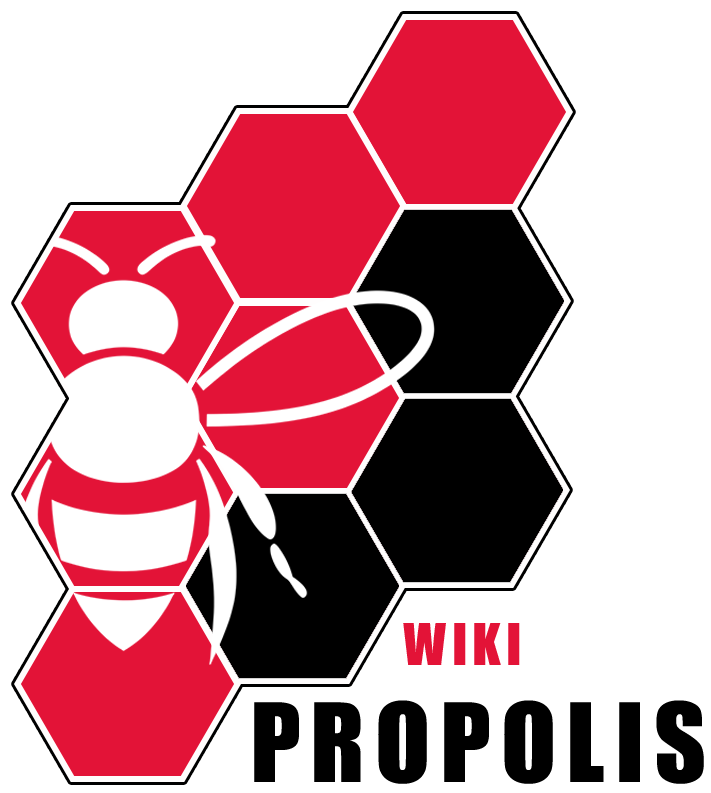# Resource Credits
Resource Credits (RCs) on the [[Hive]] [[blockchain]] are a key part of it´s infrastructure. They are an internal, rechargeable currency required to pay for transaction costs. As the [[transactions]] on Hive are feeless, the resource credits prevent [[spam]] attacks.
## How do resource credits work?
RCs are automatically allocated to a user account based on the amount of Hive the account has staked, i.e. how much Hive Power (HP) it has. The more HP an account has, the more RCs it can generate.
For each transaction on Hive a specific amount of RCs is consumed (the value varies slightly dependent on network bandwidth). If an account runs low on RCs, it cannot perform certain transactions any further. But the RCs self-replenish at a rate of 20% per 24 hours<ref>https://hive.io/whitepaper.pdf</ref> and after 5 days go back up to 100% (similar to the [[voting mana]]).
Different types of transaction (e.g. posting, upvoting, transferring tokens, etc.) require a different amount of RCs. Some require very little RCs (e.g. claiming rewards and upvoting require less than 0,05 HP equivalents), some require a lot of RCs (e.g. claiming a single [[account creating token]] requires 7000 to 9000 HP equivalents).
## Rationale of resource credits
- **Abuse prevention**: Since transactions on Hive are feeless, the blockchain would be an easy target for automatized mass transactions. Due to the RC consumption, malicious actors would need significant amounts of HP to generate enough RCs to perform such large-scale spam attacks.
- **Fair Resource Allocation**: RCs are allocated based on the stake (HP) an account holds and thus fair and transparent. This mechanism aligns with the delegated Proof-of-stake (DPoS) nature of the Hive blockchain.
- **User Accessibility**: The RC system makes interacting with the blockchain more accessible as users don’t need to spend actual tokens (Hive or HBD) for transacting. This is an advantage compared to other blockchains with partly large transaction fees (e.g. [[Ethereum]]).
## Links
Overview about how much RC are required per transaction type: https://hivehub.dev/stats?metric=rc&timeframe=daily
## How do resource credits work?
RCs are automatically allocated to a user account based on the amount of Hive the account has staked, i.e. how much Hive Power (HP) it has. The more HP an account has, the more RCs it can generate.
For each transaction on Hive a specific amount of RCs is consumed (the value varies slightly dependent on network bandwidth). If an account runs low on RCs, it cannot perform certain transactions any further. But the RCs self-replenish at a rate of 20% per 24 hours<ref>https://hive.io/whitepaper.pdf</ref> and after 5 days go back up to 100% (similar to the [[voting mana]]).
Different types of transaction (e.g. posting, upvoting, transferring tokens, etc.) require a different amount of RCs. Some require very little RCs (e.g. claiming rewards and upvoting require less than 0,05 HP equivalents), some require a lot of RCs (e.g. claiming a single [[account creating token]] requires 7000 to 9000 HP equivalents).
## Rationale of resource credits
- **Abuse prevention**: Since transactions on Hive are feeless, the blockchain would be an easy target for automatized mass transactions. Due to the RC consumption, malicious actors would need significant amounts of HP to generate enough RCs to perform such large-scale spam attacks.
- **Fair Resource Allocation**: RCs are allocated based on the stake (HP) an account holds and thus fair and transparent. This mechanism aligns with the delegated Proof-of-stake (DPoS) nature of the Hive blockchain.
- **User Accessibility**: The RC system makes interacting with the blockchain more accessible as users don’t need to spend actual tokens (Hive or HBD) for transacting. This is an advantage compared to other blockchains with partly large transaction fees (e.g. [[Ethereum]]).
## Links
Overview about how much RC are required per transaction type: https://hivehub.dev/stats?metric=rc&timeframe=daily
